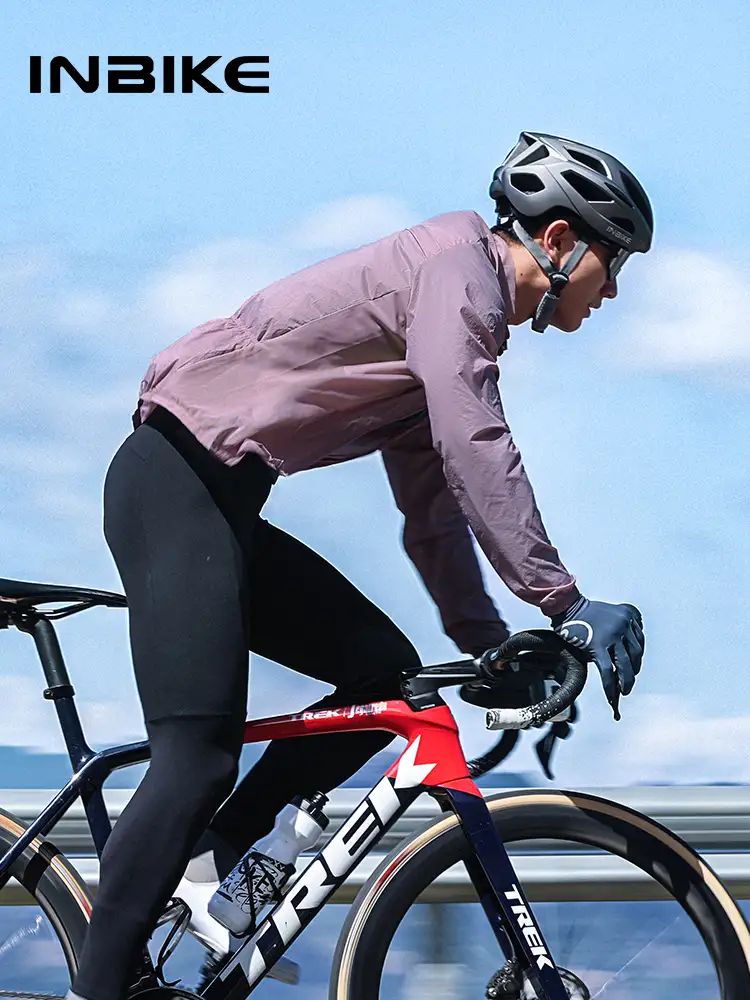Staying Warm and Visible While Winter Cycling
Riding a bicycle during frigid winter months may seem daunting, but with the right clothing and gear it can be safe and enjoyable. Following some key dressing rules will help keep you warm, dry and visible on the roads during winter cycling.
Layer Up
Layering clothing is essential for winter cycling. Multiple thin layers trap heat better than one bulky layer. Start with a base layer made of moisture-wicking synthetic material against your skin. This will pull sweat away from your body. Avoid cotton which absorbs and holds moisture.

Next add a lightweight insulating layer such as a fleece sweater or vest. The extra insulation will help hold in your body heat without restricting movement. If temperatures are extremely cold, having two mid-layer pieces can provide ample warmth.
The outermost layer should block wind and repel moisture. Winter cycling jackets made of water-resistant, breathable fabrics work best. Make sure the jacket has some ventilation features to prevent overheating and moisture build-up, such as zippered underarm vents. Reflective elements on the jacket will also help keep you visible at night.
Don’t forget your extremities when layering. Wear a thin liner glove underneath a thicker wind-resistant outer glove. A balaclava or neck gaiter can keep your head, neck and face warm. Be sure your winter cycling shoes have enough insulation and weatherproofing as well. Wool socks will keep your feet warm even if they get wet.
Stay Dry
Getting wet from rain, melting snow or sweat significantly reduces insulation and makes you feel much colder. A waterproof and breathable cycling jacket and pants will prevent rain and melted snow from soaking through to your inner layers. They should have taped or sealed seams to block moisture penetration.
Venting through zippers can help regulate temperature and moisture buildup. Fenders installed on your bike will also keep water from spraying up at you. Make sure to pack extra dry clothing in case you get wet during the winter cycling.

Be Visible in Low Light
Grey overcast days and early sunset times reduce visibility significantly in winter. Dressing in bright colors from head to toe will help drivers see you on the roads. Neon yellows, oranges and greens stand out the most day or night.
On your bike, use lights even during the daytime. A bright white headlight and red taillight improves visibility in low light conditions. Add reflective accents to your clothing, helmet, bike frame and tires so car headlights will pick you up at night. Reflective vests have become a popular visibility aid for winter cycling.

Protect Your Face
Frigid winds can quickly numb exposed skin, so covering your face is crucial. A balaclava or neck warmer that can be pulled up over the nose offers warmth and wind protection. Pair this with sunglasses or clear cycling glasses to shield eyes from cold air. A helmet helps insulate your head, but wearing a thin hat underneath adds another layer.
If you want even more face protection, a ski mask is a good choice. Winter cycling masks have moisture wicking fabric on the interior and vents to reduce fogging and overheating. Make sure the mask is snug but not restrictive.
Check the Weather Frequently
Accurately monitoring winter weather conditions allows you to dress properly for the ride. Check the hourly temperature forecast before heading out and dress for the coldest part of your ride. Weather apps also provide wind speed data which is critical for gauging wind chill. Know if precipitation is expected and dress accordingly with waterproof layers.
Being aware of incoming winter storms will help you determine if winter cycling is feasible or safe. Snow-covered and icy roads create hazardous biking conditions. Use caution and consider an alternate mode of transportation in treacherous weather.
Keep Yourself Hydrated
Dehydration coupled with cold weather can quickly lead to dangerous situations while biking. Drink plenty of water before, during and after winter riding. Use insulated water bottles to prevent freezing and keep liquids drinkable. Avoid caffeine and alcohol which are diuretics and increase fluid loss. Make sure to replenish electrolytes lost from sweating.
Carry Emergency Supplies
Mechanical problems, crashes and other unexpected issues are more perilous in freezing conditions. Always carry a few emergency items to get help if needed. Have a fully charged cell phone to call for assistance and keep backup batteries warm. Pack high energy snacks or gels to provide quick calories. A flashlight and extra layers allow you to stay visible and get warm if stuck at night. Cash can also come in handy if needing to take public transportation or a cab. A patch kit and multi-tool will help fix flats or minor repairs.
Know When to Stay Home
If temperatures drop far below freezing or roads are snow-packed and icy, sometimes it’s better to avoid winter cycling. frigid winds or heavy precipitation also make riding more miserable than it’s worth. On questionable days, check road and trail conditions as well as weather updates, and use good judgment on if it’s safe. Don’t risk frostbite or worse by pushing conditions past your limits.
With the right clothing and preparations, winter doesn’t have to mean the end of bicycle commuting or riding. Use these dressing tips to stay warm, dry and safe through the colder months. Properly layering clothing, having the right protective gear and monitoring conditions will keep you comfortable pedaling all season long. Just adjust your wardrobe, do some additional planning and you can successfully embrace winter cycling.

